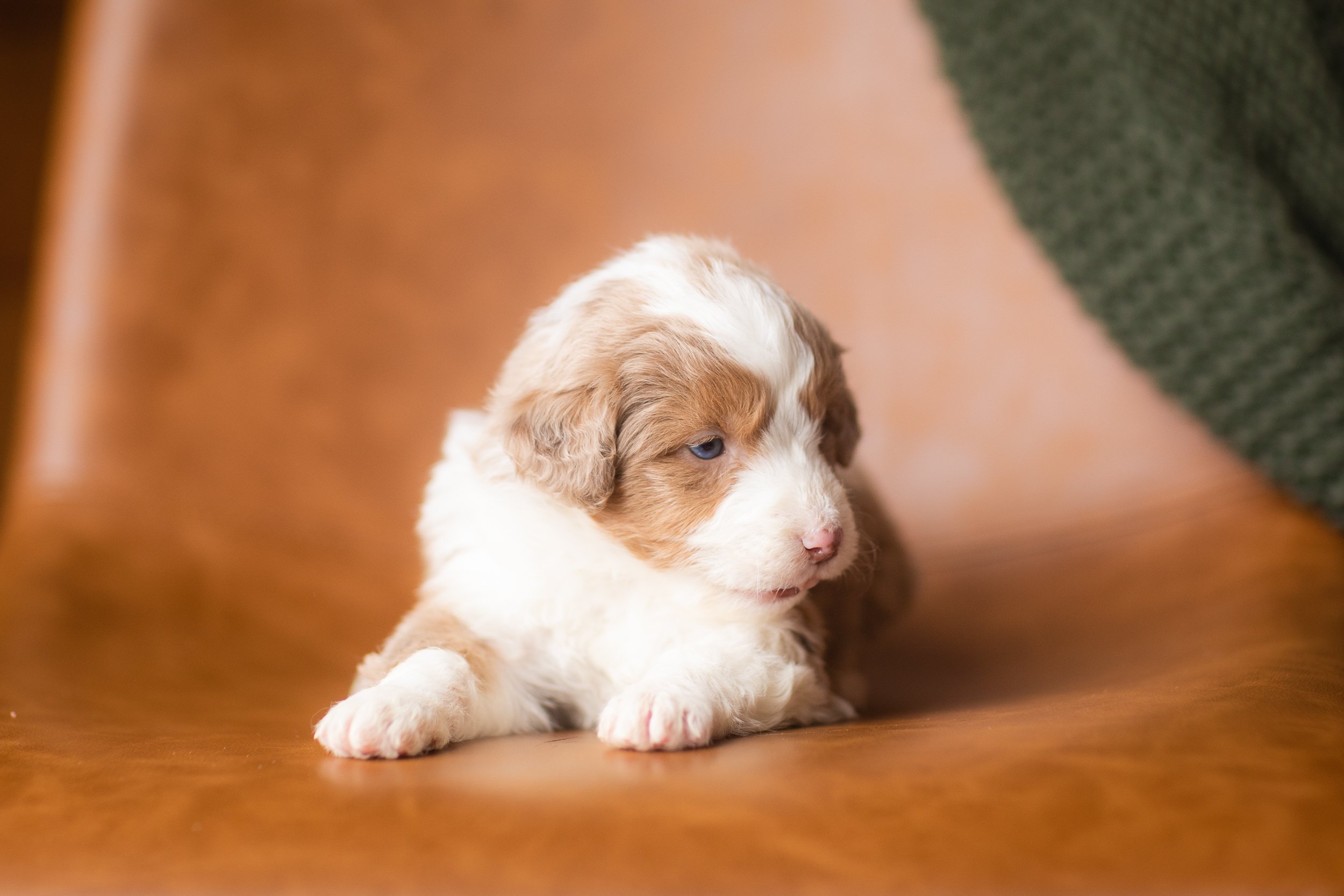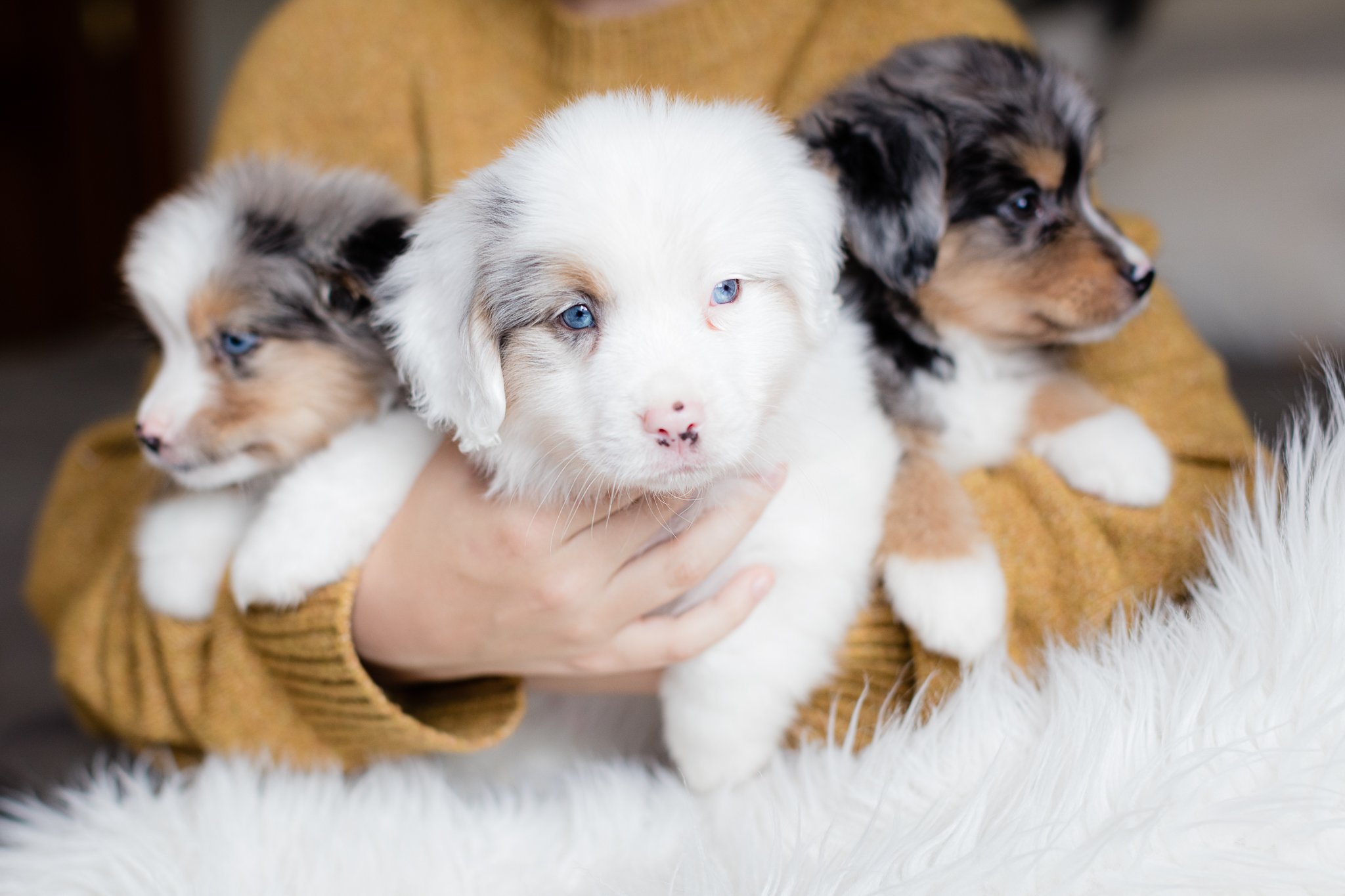The Ultimate Guide on How to Soothe a Teething Puppy's Pain
If you want to keep your favorite shoes in one piece or your cords intact, you better be informed if your pup is already teething. Teething is a period in your pup’s life when chewing things such as your furniture, cords, and anything they fancy to chew on. Chewing helps them alleviate the pain and discomfort they feel. Although chewing may seem uncomfortable, it is an integral part of your dog’s life.
If it is your first time handling a teething puppy, knowing how to take care of them is essential. It will reduce both your anxiety. Do not panic when your pup is at this stage. Similar to a teething child, pups will also have special needs which you need to attend to.
Recognize the Signs of Teething
There are several signs you need to watch out for to determine whether your pet is teething. This usually happens when they are about 3-6 months old. Some of the common signs that your puppy is teething include:
Excessive chewing and biting of things around the house
Drooling more than usual
Blood on their toys or things they chew on
Swollen or bleeding gums
Restlessness and changes in their temperament
Being aware of these signs will prepare you ahead on the best course of action to take care of them. You’ll also have a better understanding of why your furry companion keeps on chewing your stuff. Instead of getting mad, you’ll have more patience knowing that it’s maybe in pain and feeling uncomfortable.
Read also: OWNING AND RAISING A DOG: A BEGINNER’S GUIDE
How painful is teething for puppies
Every dog has its own pain tolerance, just like us humans. Some puppies may feel extreme pain and discomfort during this stage while others can tolerate the teething phase. Knowing that your pup is in pain, it is important to seek professional advice before handing them any painkillers. A pain killer for humans may not be recommended for our canine pets.
How long until my puppy stops teething
Your pup's deciduous or puppy teeth will first appear when they are about 2-4 weeks old. Think of it as baby teeth for humans. These teeth will eventually be replaced by adult teeth. Puppies may start experiencing puppy teething from three months up to six months. This is the period where their puppy teeth are replaced with adult canine teeth. The puppy teeth could fall off and the adult teeth will start appearing.
How to stop a teething puppy from biting
When your puppy is teething, their biting behavior is their way of soothing their gums. You can provide a variety of toys that they can chew on. Different toys could give them different forms of comfort. Try getting them soft, hard, and toys of different textures and shapes.
Do not yell at your pup if it keeps on biting your things. Remember that chewing is their way of lessening the discomfort they feel. If you don’t want your things such as your favorite slippers or your phone's cord to be chewed on, keep them in places difficult to reach. Place their chew toys in areas where they can easily reach them. This is the period where your patience will be tested. So instead of getting mad at your pet, understand that its behavior is natural.
Biting is a way for dogs to engage with their environment. They are naturally curious and they learn more about their environment through their mouths. In addition, there are breeds of dogs that highly enjoy mouthing.
The dogs will eventually grow out of this biting behavior but this is not applicable to every dog. One way of reducing the biting behavior is to give your puppy toys they can chew on.
What to give puppies to help with teething
There are plenty of options you can give them to keep them from chewing things that you love. Below are some of the items you can choose from.
Provide Safe and Chewy Toys
Do not give your puppies just any kind of toy. Always make sure that the toys are safe and are made from non-toxic materials. Chewable toys are one of the best options you can get. They are durable and withstand heavy chewing. Check the size of the toys, small ones could be swallowed by them. Always check for any damaged or detached item which could be harmful to them.
Utilize Cold Therapy for Pain Relief
Apart from toys, you can also give them fresh and cold vegetables. A cold carrot or some frozen fruits are ideal during the teething stage. The cold temperature of these foods is an effective way to soothe a teething puppy's pain. In addition, they also make up delicious and healthy snacks for your pups.
You can also freeze some clothes and tie them like a rope. Let the puppy chew it. This will help soothe their gums. Do not give them hard ice cubes as breaking them could harm your pup's teeth and damage their gums.
Moderation is the key, do not overdo it by giving too much cold therapy as it might cause more harm than good. Do not also give more than one whole carrot in a day. This vegetable is rich in fiber.
Offer Soft, Nutritious Foods.
Apart from frozen items, you can also give your pup some softer and more nutritious food. Some pups would not be able to enjoy hard and frozen items so give them an alternative option such as:
Boiled chicken
Cooked vegetables
Soft canned dog food
Kibbles soaked in water
This easy-to-eat food will keep them strong while going through a period of restlessness and discomfort.
Make Sure Your Puppy Gets Plenty of Rest.
One of the vital things that need to be factored in during this stage is allowing your puppy to have plenty of rest. Their body is undergoing some changes and they need strength and energy during this period. Make sure that your puppies have a safe and comfortable place where they can get enough rest and sleep.
ARE YOU READY TO BE A DOODLE OWNER?
Contact us! We’d love to hear from you
If you think that your puppy is still in pain and uncomfortable despite the things that you did to keep it at ease, better take it to the vet. Teething is a period of change. Both you and your puppy need to be ready for it. Knowing what to do during this period will help lessen your worry, and in turn, your puppy won’t feel your anxiousness too. It would be more relaxed if it sees you being calm.




